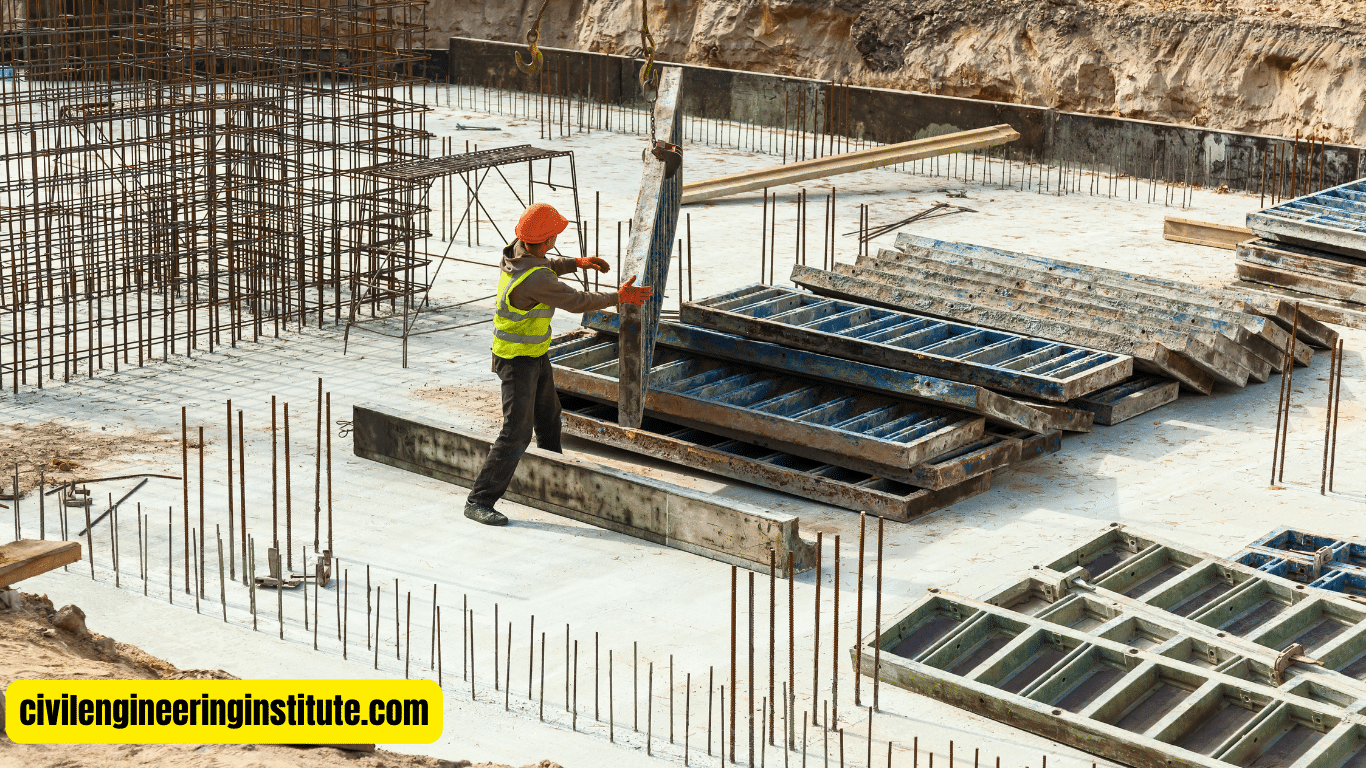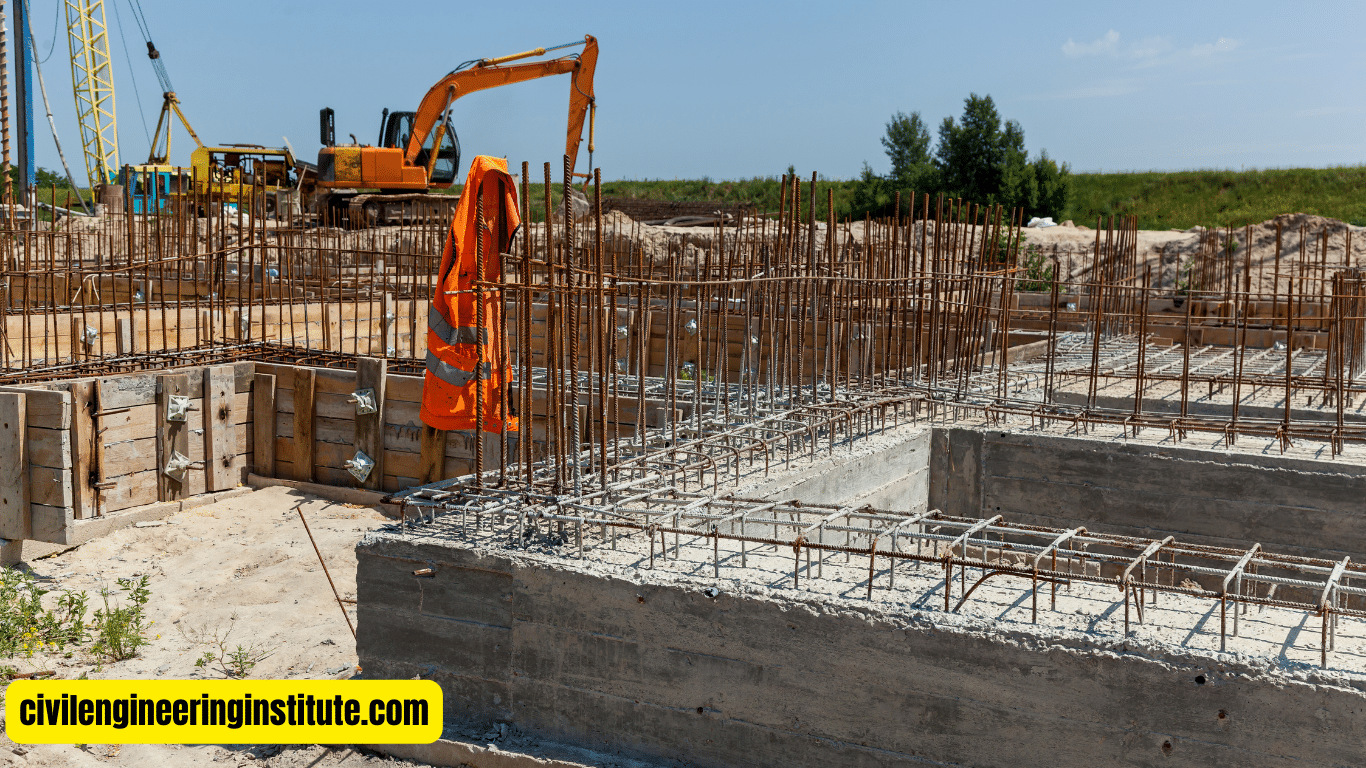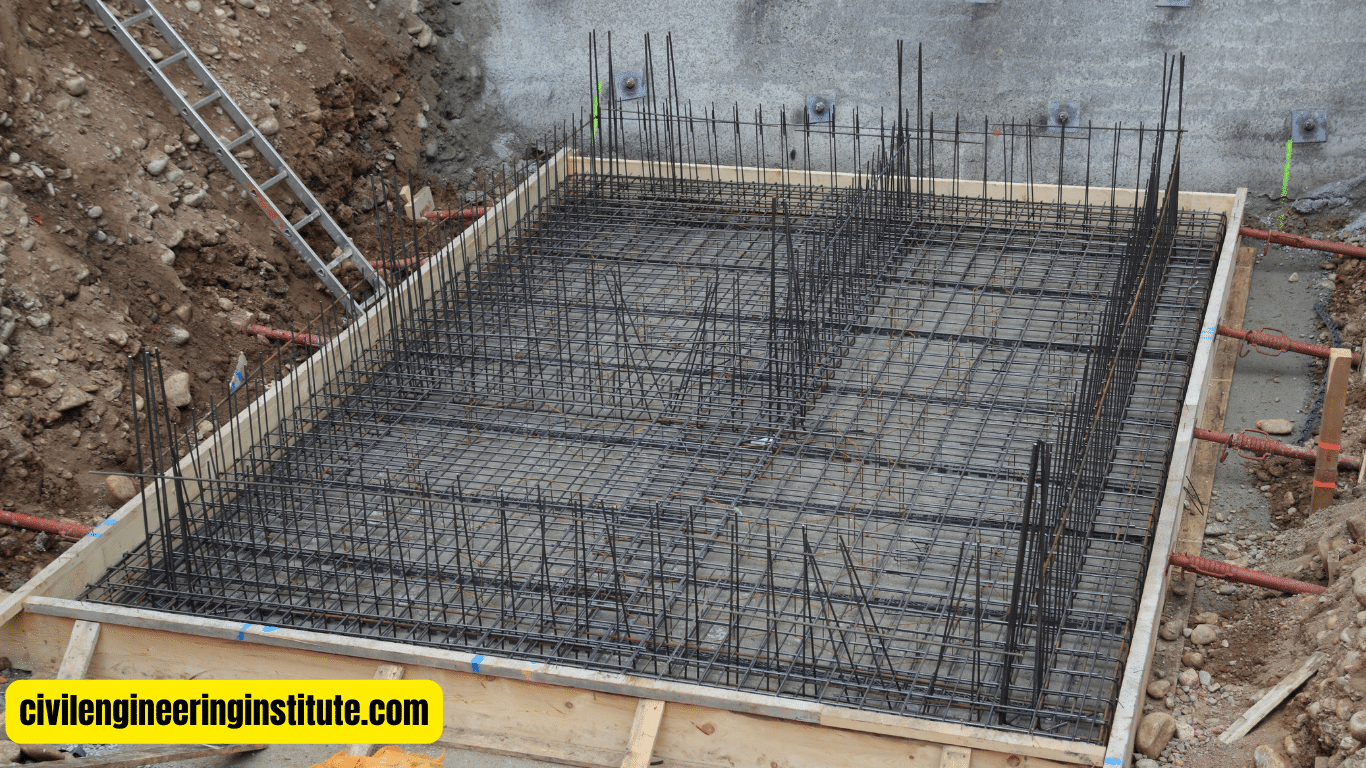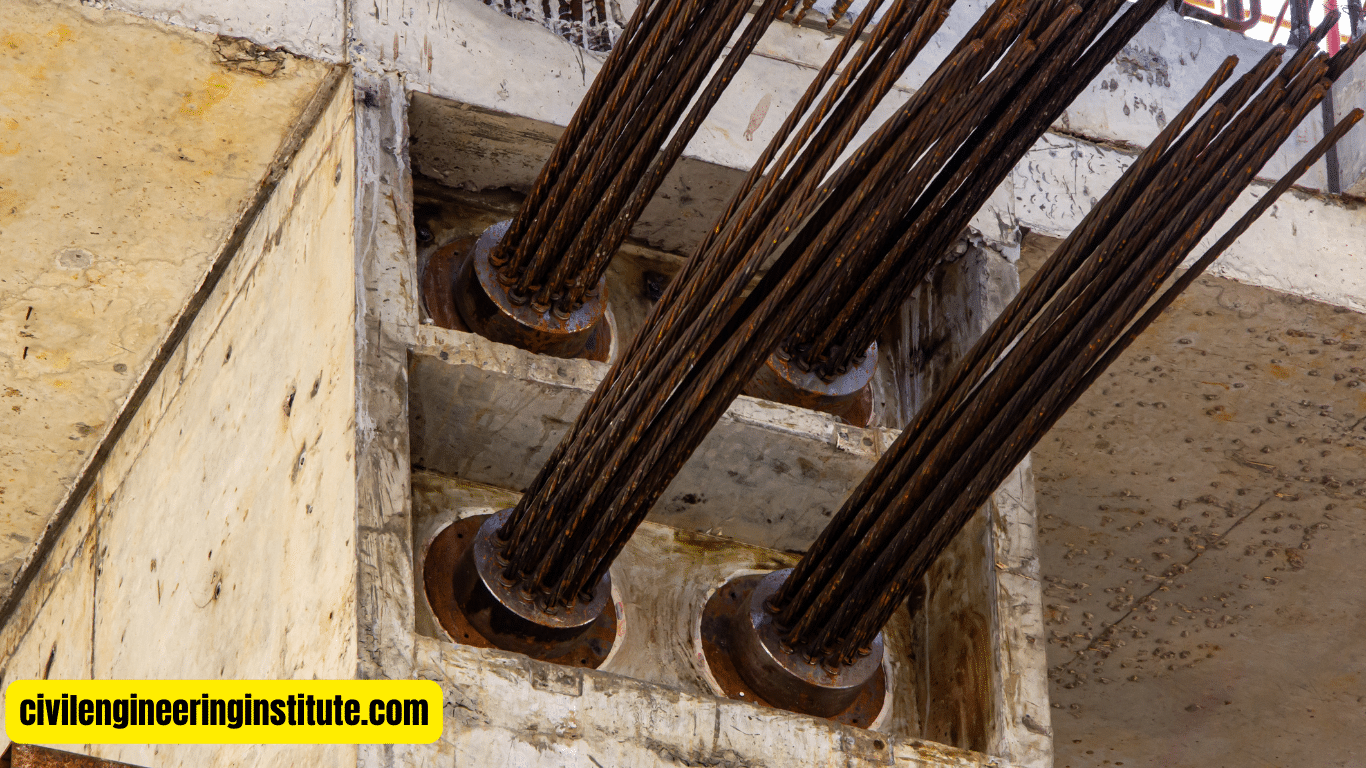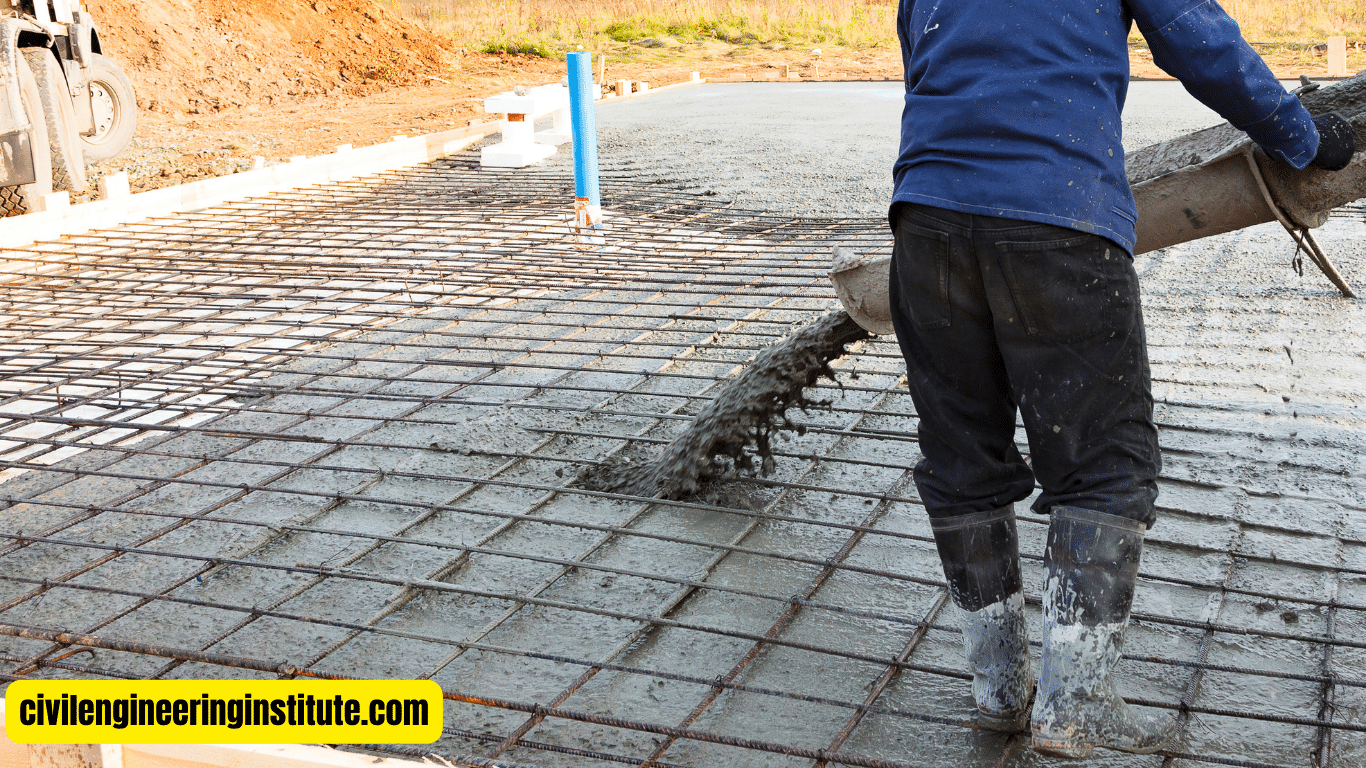Reinforced concrete design is widely used for construction because it offers several benefits. So let’s discuss Why we use reinforced concrete design. Firstly, it’s powerful and durable, making it suitable for buildings, bridges, and other structures that need to withstand heavy loads and harsh weather conditions. Additionally, reinforced concrete is versatile, allowing architects and engineers to create a wide variety of shapes and designs. This versatility extends to both aesthetic and functional aspects of construction projects.
Moreover, reinforced concrete is relatively cost-effective compared to other building materials, especially when considering its long-term durability and low maintenance requirements. From a sustainability standpoint, concrete is made from abundant resources like limestone, clay, and water, and it can be recycled at the end of its lifespan. Overall, the use of reinforced concrete design provides a solid foundation for safe, durable, and cost-effective construction projects.
Why we use reinforced concrete design?
In the world of construction, one material stands out for its strength, versatility, and widespread use: reinforced concrete. From towering skyscrapers to sturdy bridges, reinforced concrete is the backbone of modern infrastructure. But what exactly makes reinforced concrete design so popular and why is it preferred over other building materials? In this comprehensive guide, we’ll delve into the reasons why reinforced concrete is the go-to choice for engineers and architects around the globe.
What is Reinforced Concrete?
Before we dive into the reasons for using reinforced concrete design, let’s first understand what it is. Reinforced concrete is a composite material made up of concrete and reinforcement materials such as steel bars or mesh. The combination of these materials results in a composite material that capitalizes on the compressive strength of concrete and the tensile strength of steel.
Strength and Durability
One of the primary reasons for using reinforced concrete design is its exceptional strength and durability. Concrete itself is a highly durable material that can withstand immense compressive forces. However, it lacks adequate tensile strength, making it susceptible to cracking and failure under tension. By incorporating steel reinforcement into concrete elements, such as beams, columns, and slabs, engineers can enhance its tensile strength, effectively eliminating the risk of failure due to tension.
The combination of concrete and steel reinforcement creates a composite material that is not only strong but also resistant to a wide range of environmental factors, including moisture, corrosion, and fire. This inherent durability makes the reinforced concrete design ideal for structures that need to withstand the test of time, such as high-rise buildings, dams, and bridges.
Versatility in Design
Another compelling reason for using reinforced concrete is its versatility. Unlike some other building materials, such as wood or masonry, reinforced concrete can be molded and shaped into virtually any form imaginable. This flexibility in design allows architects and engineers to realize their creative vision without compromising on structural integrity.
From sweeping curves to intricate facades, reinforced concrete offers endless design possibilities. Additionally, reinforced concrete structures can be built to accommodate large open spaces without the need for cumbersome support columns, thanks to its high compressive strength. This flexibility in design makes reinforced concrete an attractive option for a wide range of construction projects, from residential buildings to cultural landmarks.
Cost-Effectiveness
While the initial cost of reinforced concrete construction may be higher than some alternative materials, such as wood or masonry, its long-term cost-effectiveness cannot be overlooked. Reinforced concrete structures are known for their low maintenance requirements and extended service life, resulting in significant cost savings over time.
Unlike wood, which is susceptible to rot and insect damage, or steel, which can corrode in harsh environments, reinforced concrete requires minimal upkeep to maintain its structural integrity. This low maintenance requirement reduces life cycle costs, making reinforced concrete design a cost-effective choice for both short-term and long-term construction projects.
Sustainability
In an era of increasing environmental awareness, sustainability has become a key consideration in construction projects. Fortunately, reinforced concrete design aligns well with sustainability goals for several reasons. Firstly, concrete is made from readily available natural materials, such as limestone, clay, and water, making it an abundant and environmentally friendly choice.
Furthermore, concrete is a recyclable material that can be crushed and reused in new construction projects, reducing the need for virgin materials and minimizing waste. Additionally, the thermal mass properties of concrete can help reduce energy consumption in buildings by regulating indoor temperatures and reducing the need for heating and cooling.
Some important points: Why we use reinforced concrete design
The Purpose of Reinforced Concrete Design
The primary purpose of reinforced concrete design is to create structures that are strong, durable, and capable of withstanding heavy loads and harsh environmental conditions. By combining concrete with reinforcement materials such as steel bars or mesh, engineers can enhance the tensile strength of concrete, effectively eliminating the risk of failure due to tension.
Why Reinforcement in Concrete?
Reinforcement is added to concrete to address its inherent weakness in tension. While concrete is excellent at resisting compression, it tends to crack and fail under tension. By introducing reinforcement materials like steel, the composite material gains strength against both compression and tension, resulting in a more robust and resilient structure.
Common Use of Reinforced Concrete
Reinforced concrete is very commonly used in construction due to its exceptional strength, versatility, and durability. It is the preferred choice for a wide range of structures, including buildings, bridges, dams, and roads. Its widespread use can be attributed to its ability to provide cost-effective solutions while meeting stringent engineering requirements.
Advantages of Reinforced Concrete
Reinforced concrete offers several advantages over other building materials. Its high compressive strength and ability to resist environmental factors such as corrosion and fire make it ideal for long-lasting structures. Additionally, its versatility in design allows architects and engineers to realize complex and innovative designs without compromising on structural integrity.
Benefits of RCC
Reinforced concrete, often abbreviated as RCC (Reinforced Cement Concrete), boasts numerous benefits. These include its durability, ease of construction, ability to withstand heavy loads, and resistance to fire and corrosion. RCC structures also require minimal maintenance, resulting in cost savings over their lifespan.
Applications of Reinforced Concrete
Reinforced concrete finds applications in a wide range of construction projects, including residential buildings, commercial complexes, industrial facilities, bridges, and infrastructure projects like dams and highways. Its versatility and strength make it suitable for both small-scale and large-scale projects across various sectors.
Disadvantages of RCC
Despite its many advantages, reinforced concrete does have some disadvantages. These include its relatively high initial cost compared to other materials, such as wood or masonry. Additionally, RCC structures may be susceptible to cracking if not properly designed or constructed, and they can be challenging to repair once damaged.
Why we use reinforced concrete design: Strength
The strength of reinforced concrete depends on various factors, including the quality of materials used, the design of the structure, and the construction techniques employed. Properly designed and constructed RCC structures can achieve high levels of strength, making them capable of supporting significant loads and resisting external forces.
Comparison: RCC vs. Steel
While both reinforced concrete and steel are widely used in construction, each material has its advantages and disadvantages. RCC offers greater durability and resistance to fire and corrosion, making it suitable for long-lasting structures. On the other hand, steel structures are typically lighter and more flexible in design, making them ideal for projects that require quick construction or modifications.
Reasons for Choosing RCC over Steel or Timber
There are several reasons why reinforced concrete may be chosen over steel or timber for building structures. Firstly, RCC offers superior durability and longevity, making it a preferred choice for structures that need to withstand the test of time. Additionally, RCC provides better resistance to environmental factors such as fire, corrosion, and pests, reducing maintenance requirements and lifecycle costs. Finally, the versatility of reinforced concrete allows for more intricate and innovative designs compared to steel or timber structures.
Conclusion
In conclusion, the reinforced concrete design offers a winning combination of strength, versatility, cost-effectiveness, and sustainability that makes it the preferred choice for construction projects worldwide. From its ability to withstand immense loads to its flexibility in design and its environmentally friendly properties, reinforced concrete continues to shape the skylines of cities and the infrastructure of nations. As we look to the future of construction, reinforced concrete design will undoubtedly remain at the forefront of innovation and progress.
FAQs
What is reinforced concrete design?
Reinforced concrete design involves combining concrete with reinforcement materials like steel to create stronger and more durable structures.
Why is reinforced concrete commonly used?
Reinforced concrete is widely used because it offers exceptional strength, versatility in design, and durability, making it suitable for various construction projects.
What are the benefits of reinforced concrete?
The benefits of reinforced concrete include its ability to withstand heavy loads, resist environmental factors like corrosion and fire, and its long-term durability with minimal maintenance.
Where is reinforced concrete used?
Reinforced concrete is used in a wide range of structures, including buildings, bridges, dams, roads, and other infrastructure projects.
How does reinforcement improve concrete?
Reinforcement materials like steel bars or mesh are added to concrete to enhance its tensile strength, making it more resistant to cracking and failure under tension.
What are the disadvantages of reinforced concrete?
Disadvantages of reinforced concrete may include its relatively high initial cost, susceptibility to cracking if not properly designed or constructed, and challenges in repair.
What makes reinforced concrete better than other materials?
Reinforced concrete offers advantages such as superior durability, resistance to fire and corrosion, versatility in design, and long-term cost-effectiveness.
Is reinforced concrete environmentally friendly?
Yes, reinforced concrete is considered environmentally friendly as it can be made from readily available natural materials like limestone and clay, and it can be recycled at the end of its lifespan.
How strong is reinforced concrete?
The strength of reinforced concrete depends on factors such as the quality of materials and construction techniques, but properly designed and constructed reinforced concrete structures can support significant loads and resist external forces.
Why choose reinforced concrete over alternatives like steel or timber?
Reinforced concrete is often chosen over alternatives due to its superior durability, resistance to environmental factors, and ability to create more intricate and innovative designs.

